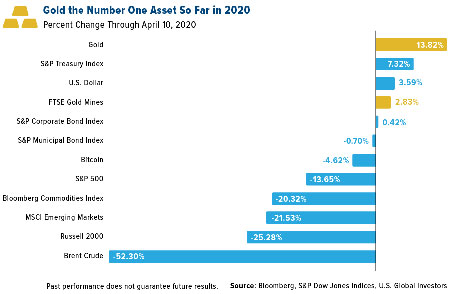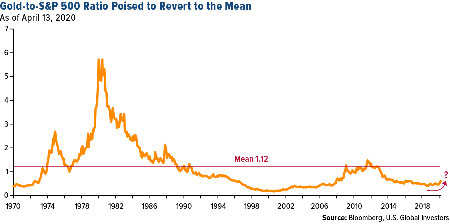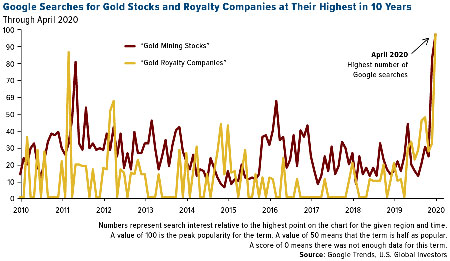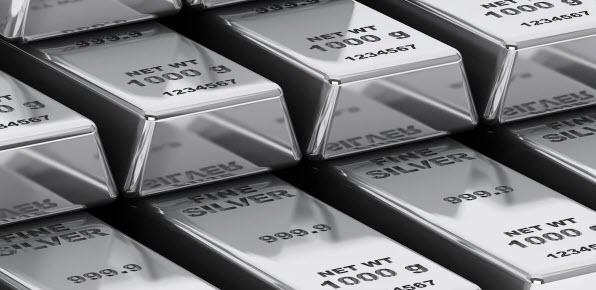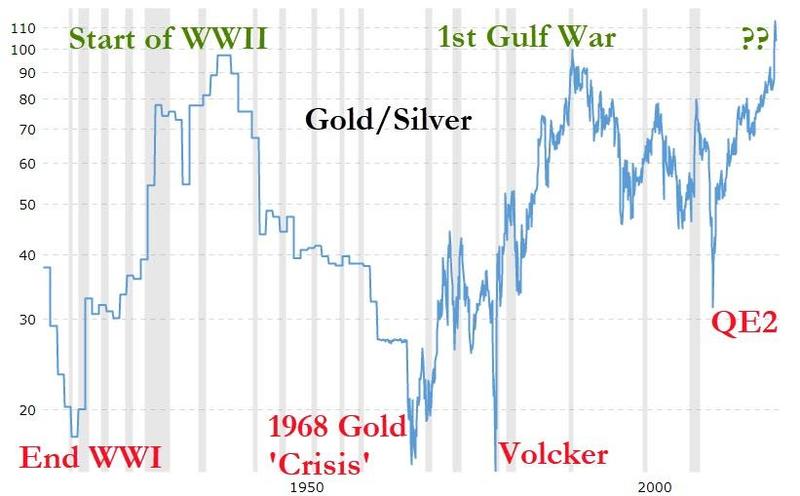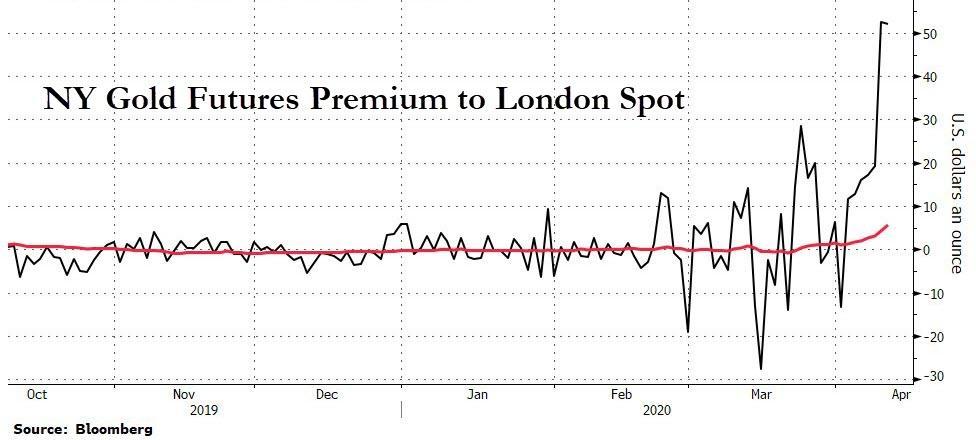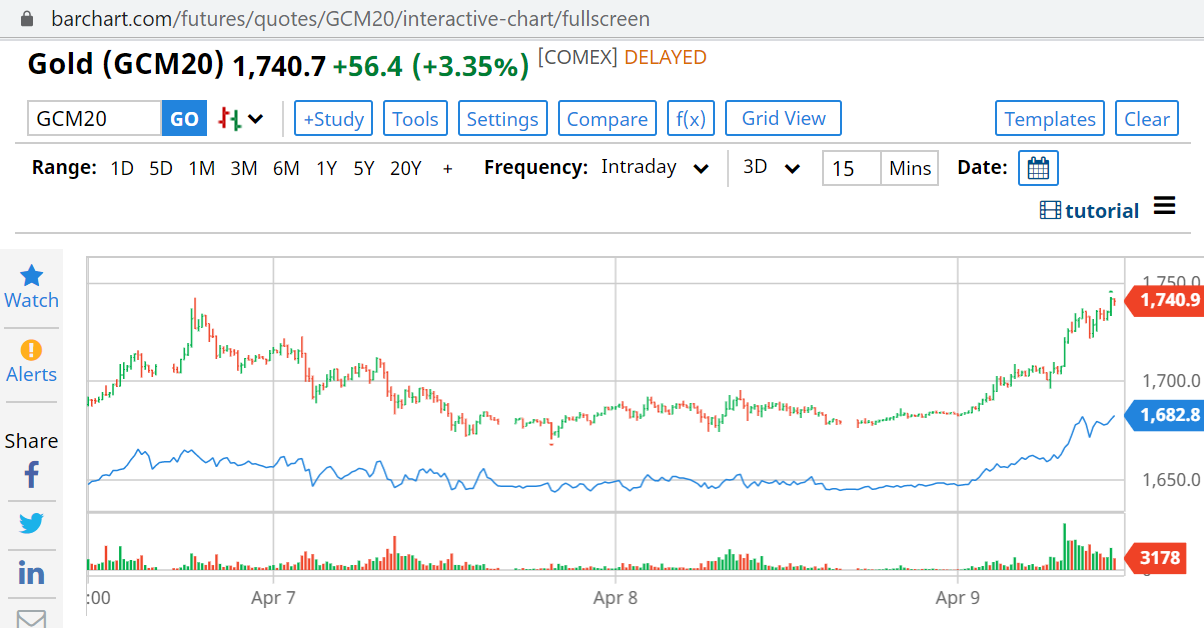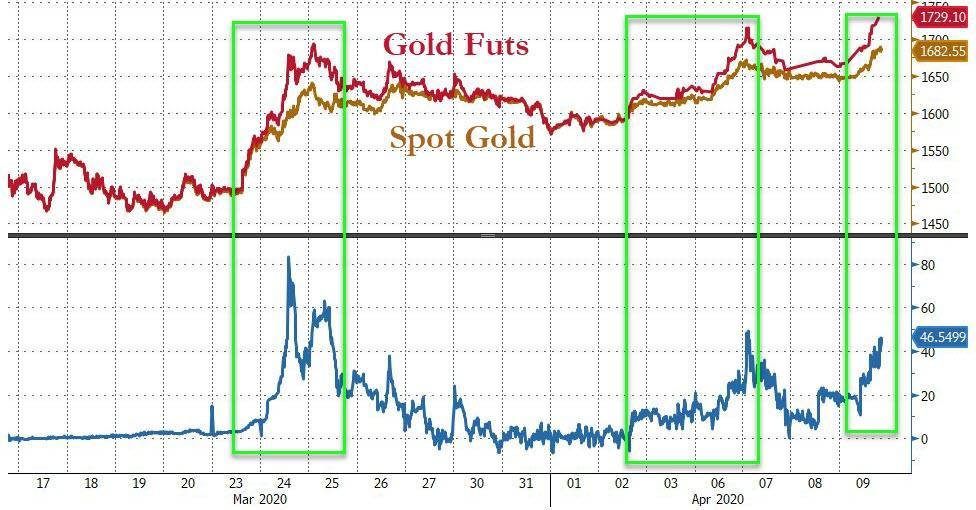
Affinity Metals Corp. (TSXV: AFF) (“Affinity”) (“the Corporation”) is pleased to release assay results from the late fall drill program conducted on the Regal property encompassing 8,800 hectares of the northern end of the prolific Kootenay Arc approximately 25 km northeast of Revelstoke, British Columbia, Canada.
Along with numerous high grade intercepts in multiple holes, a significant new silver discovery was made in the ALLCO area with drill hole #10 intersecting 11.10 meters of 143.29 g/t silver including 0.55 meters of 2612.0 g/t silver. This intersection also carried high grade zinc and lead with some copper.
A total of 1,846.35 meters of diamond drilling was completed with 21 holes being drilled.
The drilling was divided over two separate target areas with 10 holes from two separate drill pads allocated to testing two areas within a graphitic argillite/limestone contact in the ALLCO area. Mineralized intersections encountered within the ALLCO area drill core consisted mostly of argentiferous galena, sphalerite and tetrahedrite hosted within quartz veins and breccias along a northwest-southeast fault that separates the limestones from the argillites.
A further 11 preliminary confirmation holes were drilled from a single drill pad designed to begin testing the underground structure associated with the historic 1971 resource (pre NI43-101 and therefore not compliant) reported for the past producing Regal/Snowflake mines. The Regal mine is located within moderately to gently, westerly dipping, graphitic phyllites/argillites of the lower Index Formation. Mineralization, hosted in quartz veins concordant with host rocks, consists of pyrite, galena, sphalerite, and locally with scheelite (lower levels), stannite (upper levels), and trace chalcopyrite/tetrahedrite throughout. Sulphides occur either as disseminations in the quartz, or as massive pods or bands parallel with slatey partings.
Robert Edwards, CEO of Affinity stated: “We are extremely encouraged to see such positive assay results from the 2019 drilling, our first drill program on the property. Our expectations were that the assays would show strong mineralization given what we have seen from our prior surface sampling program and the historical production grades, but to find this new 11 meter silver zone is truly exciting! These results set the backdrop for our 2020 exploration program which will target not only this new silver discovery but even more importantly, the two very large anomalies identified by the geophysics that may be the core deposits associated with all this surrounding mineralization. 2020 should be a very exciting year for Affinity.”
Significant intervals from the drill program are presented below:
| ALLCO | |||||||
| Hole No. | From (m) | To (m) | Interval (m) | Ag g/t | Cu % | Pb % | Zn % |
| RP-19-01 | 28.67 | 29.09 | 0.42 | 106.00 | 0.06 | 0.33 | 0.01 |
| RP-19-01 | 105.00 | 106.00 | 1.00 | 28.72 | 0.10 | 0.05 | 0.09 |
| RP-19-03 | 48.70 | 48.77 | 0.07 | 171.00 | 0.05 | 1.24 | 0.46 |
| RP-19-04 | 38.64 | 41.00 | 2.36 | 214.13 | 0.14 | 2.60 | 2.67 |
| including | 38.64 | 40.32 | 1.68 | 62.55 | 0.08 | 0.25 | 0.16 |
| and | 40.32 | 41.00 | 0.68 | 588.63 | 0.30 | 8.41 | 8.87 |
| RP-19-05 | 40.25 | 43.00 | 2.75 | 29.74 | 0.02 | 0.02 | 0.01 |
| RP-19-05 | 44.75 | 45.51 | 0.76 | 50.80 | 0.02 | 0.25 | 1.64 |
| RP-19-05 | 56.33 | 56.78 | 0.45 | 26.16 | 0.00 | 0.89 | 0.91 |
| RP-19-06 | 39.26 | 43.29 | 4.03 | 29.53 | 0.08 | 0.13 | 7.38 |
| including | 42.00 | 42.62 | 0.62 | 17.90 | 0.04 | 0.02 | 4.12 |
| and | 42.62 | 43.29 | 0.67 | 130.00 | 0.40 | 0.41 | 40.14 |
| RP-19-06 | 49.72 | 50.57 | 0.85 | 129.02 | 0.03 | 0.04 | 0.32 |
| RP-19-07 | 38.37 | 39.27 | 0.90 | 182.00 | 0.13 | 0.30 | 0.32 |
| RP-19-07 | 43.70 | 46.51 | 2.81 | 49.21 | 0.02 | 0.34 | 0.78 |
| including | 45.10 | 46.25 | 1.15 | 91.92 | 0.02 | 0.71 | 1.68 |
| RP-19-07 | 56.61 | 57.42 | 0.81 | 98.60 | 0.01 | 2.42 | 2.45 |
| RP-19-08 | 45.44 | 45.94 | 0.50 | 20.64 | 0.00 | 0.46 | 0.01 |
| RP-19-08 | 47.84 | 52.27 | 4.43 | 111.96 | 0.09 | 0.23 | 0.29 |
| including | 49.24 | 51.12 | 1.88 | 238.20 | 0.19 | 0.51 | 0.50 |
| RP-19-08 | 57.51 | 58.52 | 1.01 | 45.70 | 0.00 | 0.05 | 0.03 |
| RP-19-08 | 67.86 | 68.05 | 0.19 | 85.24 | 0.02 | 1.21 | 0.11 |
| RP-19-08 | 82.46 | 82.66 | 0.20 | 11.39 | 0.00 | 0.32 | 0.01 |
| RP-19-08 | 84.82 | 85.02 | 0.20 | 568.00 | 0.55 | 0.08 | 0.18 |
| RP-19-09 | 44.41 | 46.62 | 2.21 | 28.70 | 0.02 | 0.15 | 0.13 |
| RP-19-09 | 46.62 | 48.70 | 2.08 | 31.70 | 0.02 | 0.47 | 1.12 |
| RP-19-09 | 48.70 | 49.76 | 1.06 | 6.88 | 0.00 | 0.14 | 0.32 |
| RP-19-10 | 61.00 | 72.10 | 11.10 | 143.29 | 0.04 | 0.62 | 0.50 |
| including | 61.00 | 67.81 | 6.81 | 230.84 | 0.07 | 0.94 | 0.66 |
| including | 61.00 | 61.31 | 0.31 | 122.00 | 0.03 | 4.18 | 5.04 |
| and | 62.72 | 63.27 | 0.55 | 2612.00 | 0.66 | 6.00 | 2.89 |
| REGAL | |||||||
| Hole No. | From (m) | To (m) | Interval (m) | Ag g/t | Cu % | Pb % | Zn % |
| RP-19-11 | 9.14 | 9.38 | 0.24 | 13.24 | 0.00 | 0.73 | 0.03 |
| RP-19-11 | 11.14 | 15.79 | 4.65 | 12.23 | 0.00 | 0.32 | 0.36 |
| including | 15.35 | 15.79 | 0.44 | 52.47 | 0.00 | 1.20 | 2.89 |
| RP-19-11 | 58.44 | 59.85 | 1.41 | 24.85 | 0.01 | 0.77 | 0.25 |
| RP-19-12 | 7.32 | 7.62 | 0.30 | 40.02 | 0.00 | 0.69 | 0.02 |
| RP-19-12 | 11.20 | 11.80 | 0.60 | 39.64 | 0.00 | 0.95 | 0.25 |
| RP-19-12 | 11.93 | 13.02 | 1.09 | 35.90 | 0.01 | 0.89 | 0.79 |
| RP-19-12 | 13.80 | 17.77 | 3.97 | 26.00 | 0.00 | 0.59 | 0.25 |
| including | 13.8 | 16.17 | 2.37 | 39.78 | 0.00 | 0.90 | 0.30 |
| RP-19-12 | 60.18 | 60.70 | 0.52 | 12.28 | 0.00 | 0.07 | 0.96 |
| RP-19-13 | 13.76 | 17.41 | 3.65 | 25.38 | 0.00 | 0.58 | 0.48 |
| including | 16.91 | 17.41 | 0.50 | 102.21 | 0.00 | 1.87 | 0.28 |
| RP-19-13 | 18.57 | 19.05 | 0.48 | 15.44 | 0.01 | 0.71 | 0.22 |
| RP-19-14 | 10.89 | 11.18 | 0.29 | 60.81 | 0.02 | 1.24 | 1.64 |
| RP-19-14 | 12.28 | 12.84 | 0.56 | 19.83 | 0.00 | 0.25 | 0.21 |
| RP-19-14 | 12.99 | 13.34 | 0.35 | 13.28 | 0.03 | 0.54 | 0.47 |
| RP-19-14 | 13.49 | 13.82 | 0.33 | 20.02 | 0.00 | 0.35 | 0.96 |
| RP-19-14 | 13.93 | 14.22 | 0.29 | 33.00 | 0.00 | 1.32 | 0.53 |
| RP-19-14 | 16.04 | 16.31 | 0.27 | 43.86 | 0.00 | 1.65 | 1.01 |
| RP-19-15 | 14.88 | 15.38 | 0.50 | 12.37 | 0.00 | 0.38 | 0.68 |
| RP-19-16 | 11.30 | 11.88 | 0.58 | 31.23 | 0.01 | 0.91 | 0.55 |
| RP-19-16 | 13.07 | 13.80 | 0.73 | 41.88 | 0.00 | 0.92 | 0.46 |
| RP-19-16 | 14.48 | 15.32 | 0.84 | 23.84 | 0.00 | 0.62 | 0.44 |
| RP-19-16 | 16.88 | 17.80 | 0.92 | 32.15 | 0.00 | 1.40 | 0.56 |
| RP-19-16 | 28.13 | 28.29 | 0.16 | 4.99 | 0.02 | 0.02 | 2.21 |
| RP-19-17 | 7.01 | 7.16 | 0.15 | 1360.00 | 0.01 | 19.67 | 0.21 |
| RP-19-17 | 10.94 | 11.69 | 0.75 | 62.32 | 0.00 | 2.78 | 0.19 |
| RP-19-17 | 14.64 | 15.47 | 0.83 | 19.82 | 0.00 | 0.52 | 0.36 |
| RP-19-18 | 12.12 | 13.41 | 1.29 | 48.31 | 0.00 | 2.66 | 0.53 |
| including | 12.12 | 12.94 | 0.82 | 70.50 | 0.00 | 4.02 | 0.53 |
| RP-19-18 | 15.97 | 18.53 | 2.56 | 13.02 | 0.00 | 0.33 | 1.43 |
| including | 15.97 | 17.41 | 1.44 | 12.81 | 0.01 | 0.37 | 2.52 |
| RP-19-18 | 19.92 | 20.52 | 0.60 | 27.27 | 0.04 | 1.15 | 0.76 |
| RP-19-19 | 6.00 | 7.00 | 1.00 | 68.42 | 0.00 | 2.38 | 0.22 |
| including | 6.00 | 6.30 | 0.30 | 134.00 | 0.01 | 7.13 | 0.13 |
| RP-19-19 | 12.13 | 17.68 | 5.55 | 13.35 | 0.00 | 0.46 | 0.39 |
| including | 15.82 | 17.68 | 1.86 | 30.83 | 0.00 | 1.17 | 0.78 |
| RP-19-19 | 29.91 | 30.42 | 0.51 | 22.88 | 0.02 | 1.22 | 0.89 |
| RP-19-20 | 6.15 | 6.65 | 0.50 | 46.47 | 0.01 | 1.75 | 0.13 |
| RP-19-20 | 7.60 | 8.32 | 0.72 | 33.37 | 0.00 | 0.50 | 0.19 |
| RP-19-20 | 12.01 | 12.68 | 0.67 | 21.51 | 0.01 | 0.67 | 0.49 |
| RP-19-20 | 15.27 | 16.36 | 1.09 | 18.63 | 0.00 | 0.48 | 0.43 |
| RP-19-20 | 17.29 | 18.68 | 1.39 | 10.52 | 0.00 | 0.34 | 0.62 |
| RP-19-20 | 28.08 | 31.17 | 3.09 | 58.78 | 0.00 | 0.35 | 0.33 |
| including | 29.52 | 30.22 | 0.70 | 214.00 | 0.00 | 0.34 | 0.19 |
| RP-19-21 | 9.05 | 9.56 | 0.51 | 37.45 | 0.00 | 0.58 | 0.02 |
| RP-19-21 | 12.98 | 13.82 | 0.84 | 17.29 | 0.01 | 0.47 | 0.79 |
| RP-19-21 | 15.89 | 17.27 | 1.38 | 39.77 | 0.00 | 1.55 | 0.70 |
| including | 15.89 | 16.57 | 0.68 | 76.50 | 0.00 | 3.07 | 0.31 |
| and | 17.00 | 17.27 | 0.27 | 1.84 | 0.00 | 0.06 | 2.27 |
| RP-19-21 | 30.40 | 30.54 | 0.14 | 46.83 | 0.00 | 0.31 | 0.16 |
| RP-19-21 | 31.82 | 32.82 | 1.00 | 61.10 | 0.01 | 3.39 | 1.49 |
| RP-19-21 | 72.01 | 72.26 | 0.25 | 77.11 | 0.00 | 0.62 | 0.02 |
Note: True widths are presently unknown.
Additional assay work is presently being conducted regarding Tin results in the drill core. Those results will be released once received and interpreted.
To view an enhanced version of this graphic, please visit:
https://orders.newsfilecorp.com/files/5458/54511_53b9ae91d42028a8_001full.jpg
To view an enhanced version of this graphic, please visit:
https://orders.newsfilecorp.com/files/5458/54511_53b9ae91d42028a8_002full.jpg
Photo description: Photos of 11.10 meter silver discovery intersection in Hole #10. Host rock is a limestone dissolution breccia/dolomitization breccia with weak to moderate silicification overprinting. Flooding this is milky quartz which hosts wispy veinlets of galena and blebby sphalerite at intersections of these or other veinlets.
As previously reported, the Corporation received assay results for 22 rock samples collected from surface outcrops in September 2019 from the Black Jacket and ALLCO areas of the property. Of the 22 grab samples collected, the majority contained bonanza grade silver, zinc, and lead with many samples reaching assay over-limits. The over-limit results for zinc and lead are reported in the table below (italicized) beside the original assay values. Assay values for tin, including high grade samples 11, 14 and 20 which were over-limit in the original assay report, are also presented in the last column of the table.
| Sample Number | Sample Type | Silver g/t | Copper % | Zinc % | Lead % | Gold g/t | Tin ppm |
| ALC19CR01 | grab | 0 | .035 | 0 | 0 | 0 | 0.4 |
| ALC19CR02 | grab | 1300 | .415 | 18.20 | >20.0 (35.69) | 0.70 | 46.1 |
| ALC19CR03 | grab | 120 | .232 | .034 | .984 | 0.02 | 2.4 |
| ALC19CR04 | grab | 131 | .089 | .026 | .102 | 2.66 | 1.1 |
| ALC10CR05 | grab | 16.7 | .295 | .060 | .013 | 0.09 | 0.4 |
| ALC19CR06 | grab | 74.9 | .144 | >30.00 (34.97) | .059 | 0.28 | 2.6 |
| ALC19CR07 | grab | 10.05 | .310 | .086 | .029 | 0.04 | 0.5 |
| ALC19CR08 | grab | 1870 | .495 | 24.5 | >20.0 (31.90) | 1.85 | 189.5 |
| ALC19CR09 | grab | 88.1 | .077 | >30.00 (39.98) | 1.88 | 0.08 | 32 |
| ALC19CR10 | grab | 1545 | .178 | 26.7 | >20.0 (28.67) | 0.68 | 373 |
| ALC19CR11 | grab | 2360 | .366 | 16.80 | >20.0 (43.67) | 0.11 | 900 |
| ALC19CR12 | grab | 3700 | .624 | 1.645 | >20.0 (71.14) | 3.14 | 273 |
| ALC19CR13 | grab | 964 | .716 | 17.30 | 17.5 | 0.11 | 386 |
| ALC19CR14 | grab | 3530 | .350 | 1.945 | >20.0 (59.54) | 1.57 | 1600 |
| ALC19CR15 | grab | 3670 | .026 | 1.895 | >20.0 (77.01) | 0.33 | 205 |
| ALC19CR16 | grab | 1790 | .107 | 5.28 | >20.0 (52.77) | 0.37 | 146.5 |
| ALC19CR17 | grab | 751 | .069 | 6.45 | 18.05 | 0.45 | 107 |
| ALC19CR18 | grab | 1065 | .718 | .178 | .514 | 0.10 | 7.6 |
| ALC19CR19 | grab | 2510 | .299 | 5.58 | >20.0 (70.63) | 0.06 | 167 |
| ALC19CR20 | grab | 4410 | 2.27 | 26.40 | >20.0 (21.56) | 5.68 | 4500 |
| ALC19CR21 | grab | 47.5 | .177 | .048 | .092 | 1.78 | 8.8 |
| ALC19CR22 | grab | 87.7 | .095 | .011 | .047 | 4.79 | 2.9 |
Property History & Background
The Regal Project hosts several past producing small-scale historic mines including the Regal Silver.
The property also hosts numerous promising mineral occurrences. From the historic records it appears that most, and perhaps all, of the known mineralized showings/zones have not been previously drilled using modern diamond drilling methods.
The geology of the Regal property generally consists of the Badshot and Lade Peak limestones, and argillites and phyllites of the Index Formation.
Snowflake and Regal Silver (Stannex/Woolsey) Mines
The Snowflake and Regal Silver mines were two former producing mines that operated intermittently during the period 1936-1953. The last significant work on the property took place from 1967-1970, when Stannex Minerals completed 2,450 meters of underground development work and a feasibility study, but did not restart mining operations. In 1982, reported reserves were 590,703 tonnes grading 71.6 grams per tonne silver, 2.66 per cent lead, 1.26 per cent zinc, 1.1 per cent copper, 0.13 per cent tin and 0.015 per cent tungsten (Minfile No. 082N 004 – Prospectus, Gunsteel Resources Inc., April 29, 1986). It should be noted that the above resource and grades, although believed to be reliable, were prepared prior to the adoption of NI43-101 and are not compliant with current standards set out therein for calculating mineral resources or reserves.
ALLCO Silver Mine
The ALLCO Silver Mine is situated 6.35 Kilometers northwest of the above described Snowflake/Regal Mine(s). The ALLCO Silver Mine operated from 1936-1937 and produced 213 tonnes of concentrates containing 11 troy ounces of gold (1.55 g/t), 11,211 troy ounces of silver (1,637 g/t) and 173,159 lbs of lead (36.9%).
Airborne Geophysics to Guide Future Exploration
An extensive airborne geophysics survey conducted by Geotech Ltd of Aurora, Ontario, for Northaven Resources Corp. in 2011, on the Regal Project identified four well defined high potential linear targets correlating with the same structural orientation as the Allco, Snowflake and Regal Silver mines. Northaven also reported that the mineralogy and structural orientation of the Allco, Snowflake and Regal Silver appeared to be similar to that of Huakan’s J&L gold project located to the north, and on a similar geophysical trend line. The J&L is reportedly now one of western Canada’s largest undeveloped gold deposits. Rokmaster Resources Corp. recently optioned the J&L property in a $44.2M deal and has renamed it the Revel Ridge Project. Rokmaster is presently working on expanding the current resource.
After completing the airborne survey, Northaven failed in financing their company and conducting further follow up exploration on the property and subsequently forfeited the claims without any of the follow up work ever being completed. Affinity Metals is in the fortunate position of benefitting from this significant and promising geophysics data and the associated targets.
The aforementioned Northaven airborne geophysical survey conducted at a cost of $319,458.95 in August of 2011 is described in The BC Ministry of Energy, Mines and Petroleum Resources Assessment Report #33054. The results of the survey are competently explained and illustrated by professionals on You Tube at: https://www.youtube.com/watch?v=GX431eBY_t0
Condor Consulting, Inc. who compiled the survey data and produced the original geophysics report was recently retained by Affinity in order to provide more detailed interpretations and potential drill target locations with the aim of testing two of the four main target areas in the future.
Earth Sciences Services Corp. (ESSCO) has also recently provided acoustical geophysics data for portions of the Regal property. This data is also being interpreted and analyzed with respect to future drill targets.
The Corporation is presently in the process of correlating and interpreting all of the historic and new geophysical and geochemical data as well as the 2019 drill results with the objective of further defining 2020 drill targets.
Affinity Metals has been granted a 5 Year Multi-Year-Area-Based (MYAB) exploration permit which includes approval for 51 drill sites.
Assay Procedure, Quality Assurance and Quality Control Procedures
All drill core samples were sent to MSA Laboratories in Langley, British Columbia for assay. Samples were analyzed by the following methods, as appropriate, to determine grades: ICP-130 35 element two acid digestion with ICP-AES finish, IMS-130 51 element two acid digestion with ICP-AES/MS finish, FAS-418 Ag 30g fire assay with gravimetric finish, determination of Ag, Cd, Pb, W, and Zn with four acid digestion and ICP-AES finish, determination of Pb and Zn by titration, and determination of Sn by Sodium Peroxide fusion with ICP-OES finish.
The Company employed a QA/QC program that was managed by a Qualified Person during the entire drill program. Blanks, duplicates (both pulp splits and 1/4 core), and two certified standard reference materials were used. These QA/QC samples were inserted at a rate of 1 every 10 to 15 samples.
Qualified Person
The Qualified Person for the Regal Project for the purposes of National Instrument 43-101 is Frank O’Grady, P.Eng. He has read and approved the scientific and technical information that forms the basis for the disclosure contained in this news release.
About Affinity Metals
Affinity Metals is focused on the acquisition, exploration and development of strategic metal deposits within North America.
The Corporation’s flagship project and present focus is the Regal.
On behalf of the Board of Directors
Robert Edwards, CEO and Director of Affinity Metals Corp.
The Corporation can be contacted at: [email protected]
Information relating to the Corporation is available at: www.affinity-metals.com


